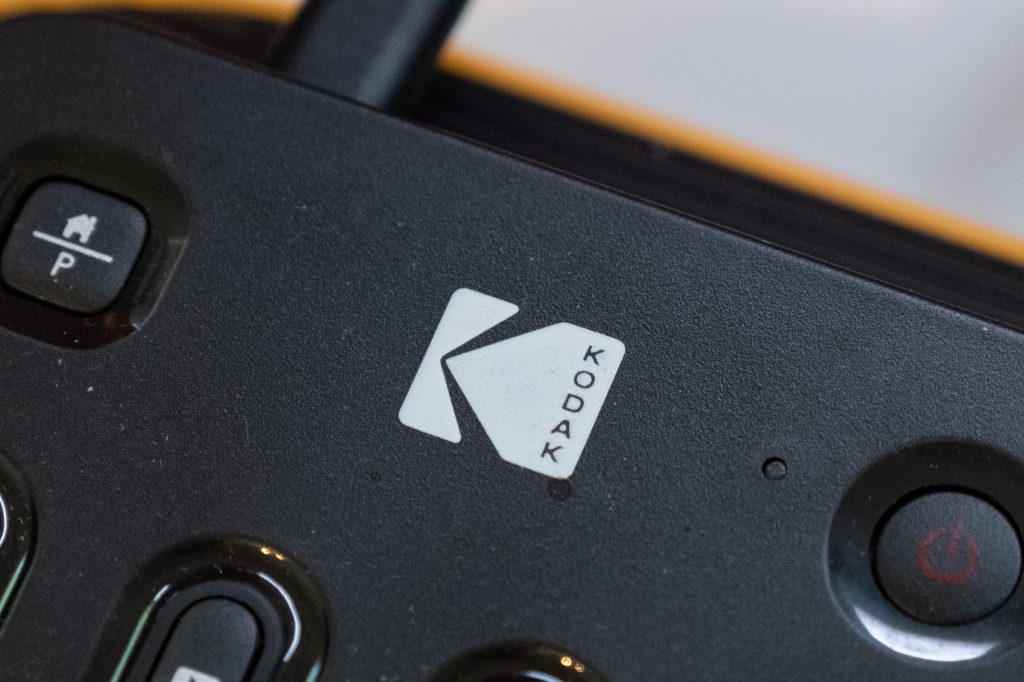Photography icon since 1892, Kodak could soon shutter

The iconic yellow and red photography company that’s become synonymous with disposable cameras could become a relic of the past after executives shared in a securities filing that their company cannot pay its upcoming debts. Executives are hopeful the business will pull through to adequately address its obligations.
The future of Kodak, formally known as Eastman Kodak Co., is uncertain after Richard Michaels, chief accounting officer and corporate controller, wrote in a U.S. Securities and Exchange Commission filing late Monday that the company is unsure about its ability to pay loans maturing in May 2026. The filing updated investors with Kodak’s second-quarter earnings.
“Kodak has debt coming due within twelve months and does not have committed financing or available liquidity to meet such debt obligations if they were to become due in accordance with their current terms,” Michaels wrote. “These conditions raise substantial doubt about Kodak’s ability to continue as a going concern.”
The company’s stock shares fell by 19% at the close of the Tuesday market, according to the New York Stock Exchange.
The name Kodak entered the world’s lexicon in 1888, followed by Eastman’s slogan, “You press the button, we do the rest.” However, it wasn’t until 1892 that George Eastman officially started the company in Rochester, New York.
Reports about the film company’s status quickly flooded the internet Tuesday. The company said in a statement to Straight Arrow News that despite the outlook, it’s confident it can pay a “significant portion” of its loan before the maturity date and make substantial changes to remaining debt and/or stock obligations.
“To fund the repayment, we plan to draw on the approximately $300 million in cash we expect to receive from the reversion and settlement of our U.S. pension fund (the Kodak Retirement Income Plan, or “KRIP”) in December,” the company said.
Because a revision to the company’s retirement plan isn’t solely in Kodak’s control, the company said Generally Accepted Accounting Principles (GAAP) rules triggered the “growing concern” disclosure.
“Once the KRIP reversion is completed Kodak will be virtually net debt free and will have a stronger balance sheet than we have had in years,” the company added.
What do the numbers say?
Aside from the disclosure, Kodak reported seeing a $4 million decrease, or 1% drop, in its revenue compared to the same period last year. The company had $265 million in revenue as of Monday, and $267 million for the second quarter of 2024.
Unbiased. Straight Facts.TM
George Eastman started the Eastman Kodak Company in 1892, introducing cameras that changed motion pictures and commercial photography.

Kodak reported having a GAAP net loss of $26 million, a 200% decrease compared to the same time period in 2024. That year, the company reported a $26 million income.
CEO and Executive Chairman Jim Continenza said in a release on the company’s website that tariffs didn’t have a “material impact” in the second quarter, and Kodak may be saved from negative harm when the levies are assessed.
“It’s important to note that Kodak is committed to U.S. manufacturing,” Continenza said. “In fact, we manufacture a wide range of products in the U.S., including lithographic printing plates, photographic and industrial films, inkjet presses and inks, and pharmaceutical key starting ingredients — and our expectation is that tariffs instituted by the U.S. government are designed to protect American businesses like ours.”
The Associated Press reported that Kodak filed for bankruptcy protection in 2012 due to continued competition in the photography industry and growing debt. The company sold many of its patents and businesses, remaining as a technology company focused on imaging.
Kodak’s storied history
The film company revolutionized photography, making the venture attainable for the everyday consumer with its classic Kodak film cameras. As produced in 1895, the camera processed photos on a roll of film with a small window showing how many exposures were left, the company said.
Eastman continued advancing professional photography and movie products throughout the 19th and 20th centuries. In 1935, Kodak debuted the world’s first commercially successful amateur color film. In 1975, his company unveiled the world’s first digital camera.





